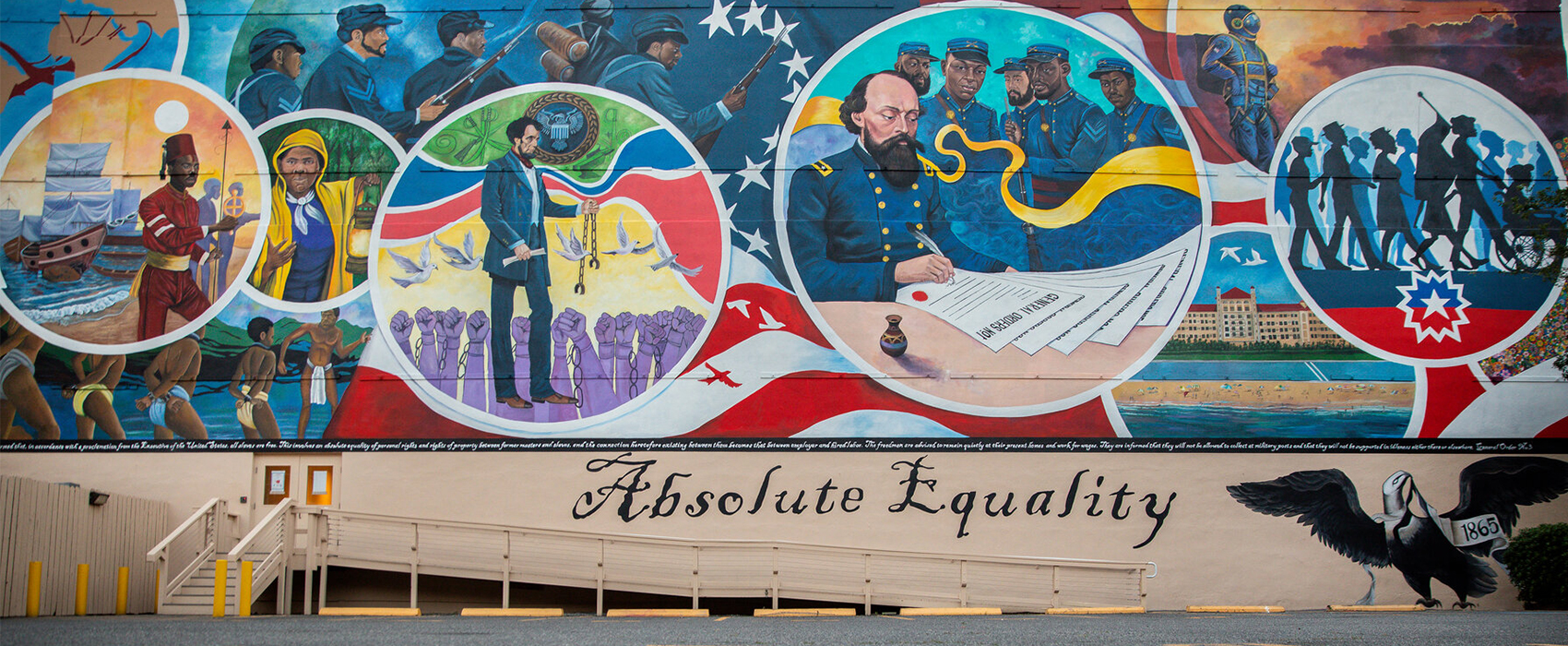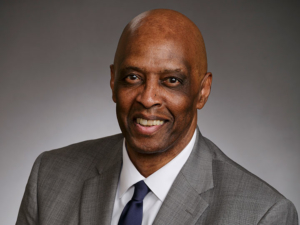The country has had a collective epiphany about how slavery came to an end in the United States and a curiosity about the name attached to it – Juneteenth. Across all ethnicities, there’s a sudden interest in the day, what it is, why it’s celebrated (still!), and a thirst for knowledge about Black history, in general, all ignited in the last year because of the outcries over another Black man’s unjust death.
George Floyd’s murder at the hands of Minneapolis policeman Derek Chauvin has somehow sparked a need to know Black history, perhaps as a way of understanding what most Black folks already know about social injustice and racism. And now the attempts to halt teaching Critical Race Theory. That, too, has put a spotlight on Juneteenth.
More important, as of June 17 (Thursday), Juneteenth is now officially a federal holiday after the bill was passed with only slight opposition in the U.S. House but unanimously in the Senate and signed into law by President Joe Biden, creating Juneteenth National Independence Day! Fittingly, the first African American and female vice president, Kamala Harris, was also a signee.
That action will exponentially increase interest – and controversy! – about the day, its history and relevance.
Ignoring the haters, let’s appease the inquiring mind’s craving to know what all the fuss about June 19 is. To wit, here’s a primer:
First, full disclosure, Juneteenth did not officially end slavery in the U.S.; the 13th Amendment would do that when it was ratified in December 1865. Juneteenth was merely its symbolic demise.
The Juneteenth story centers on the Emancipation Proclamation and the president who became known as the Great Emancipator – a gross mischaracterization. At best, Lincoln was ambivalent about slavery personally and politically cautious. He thought slavery a “monstrous injustice” but did not consider himself an abolitionist. His aim was to prevent the extension of slavery to new territories in the West, though Southerners saw Lincoln as a man clearly on a mission to end slavery, destroy the Southern economy and, worse, throw its social order into chaos.
In a letter to New York Tribune editor and abolitionist Horace Greeley on August 22, 1862, Lincoln wrote, in response to a Greeley editorial: “My paramount object in this struggle is to save the Union, and is not either to save or to destroy slavery. If I could save the Union without freeing any slave, I would do it, and if I could save it by freeing all the slaves, I would do it, and if I could save it by freeing some and leaving others alone, I would also do that.”
Hardly the words of a resolute or sympathetic man on a mission to end slavery.
In fact, in April 1862, after outlawing slavery in Washington, D.C., Lincoln began lobbying for colonization for freed slaves, with the government providing $100,000 for the voluntary emigration of freedmen to Haiti and Liberia. In August of that year, he met with a group of prominent Blacks at the White House seeking their support, telling them: “Your race suffer greatly, many of them, by living among us, while ours suffer from your presence. In a word, we suffer on each side. If this is admitted, it affords a reason why we should be separated.” While nothing became of colonization, Lincoln never fully gave up on the idea of sending freed slaves back to Africa or other countries. Still, there is no mention of colonization in the Emancipation Proclamation.
Lincoln issued a preliminary proclamation in September 1862 as a warning to the Confederacy, then followed through on January 1, 1863, signing the Emancipation Proclamation. There is no messenger dispatched to deliver the word to Texans, and there was no need. Texas slave owners were well aware of the edict but blatantly ignored it, continuing with the business of reaping cotton and other crop harvests for another two and half years.
The proclamation was solely a military instrument meant to cripple the Confederacy by taking away the rebellious states’ prime labor force – slaves, who were either back home tending to plantation crops, or serving in units that included their masters in support roles as cooks, longshoremen, teamsters, and female slaves as seamstresses. In turn, the war would end and bring Johnny Reb back into the Union fold. For that, the proclamation applied only to the rebellious Confederate states, all of which promptly ignored it, most rigidly in Texas.
The Lone Star State was considered a safe haven for slavery because it was removed from the bulk of Civil War battles, enabling slave owners, where the war was raging in other states, to “run” their slaves to Texas where there was no major presence of Union troops to enforce the proclamation or allow slaves to escape behind Union lines to freedom. “Running the Negroes,” as slave movements were called, is how many of the first Texas slaves came to the state, perhaps as many as 50,000, possibly three times that many after the proclamation.
Some freedmen seized the opportunity to turn on their masters. One Mississippi citizen wrote for state assistance in keeping former slaves in line: “There is greatly needed in this county a company of mounted rangers…to keep the Negroes in awe, who are getting quite impudent. Our proximity to the enemy has had a perceptible influence on them.”
Texas plantation owners welcomed slaves with open arms to boost their agrarian economy and were downright giddy about the prospects of slaves cultivating the state’s fertile soil, especially its cotton crop. In the late 1850s, an editorial in Austin’s Texas State Gazette suggested that “until we reach somewhere in the vicinity of two millions of slaves, it is evident that such a thing as too many slaves in Texas is an absurdity.” Charles DeMorse of the Clarksville Northern Standard was more direct: “We want more slaves, we need them.”
On June 19, 1865, in Galveston, Union General Gordon Granger read General Order No. 3, which says in part, “The people are informed that, in accordance with a proclamation from the Executive of the United States, all slaves are free.”
Freedom for Texas slaves had finally arrived, triggering shockwaves of joy, fear, and confusion. Blacks were happy, whites were scared, and large segments of both groups generally had no idea what to make of the situation. One former slave, Felix Haywood, offered this insight in the Slave Narratives. “Everybody went wild. We all felt like heroes … just like that, we were free. It didn’t seem to make the whites mad, either. They went right on giving us food just the same…but, right off, colored folks started on the move. They seemed to want to get close to freedom … like it was a place or a city. We knew freedom was on us, but we didn’t know what was to come with it. We thought we were going to get rich like the white folks. We thought we were going to be richer than the white folks because we were stronger and knew how to work, and the whites didn’t, and we didn’t have to work for them anymore. But it didn’t turn out that way. We soon found out that freedom could make folks proud, but it didn’t make them rich.”
The Galveston Daily News, on June 21, 1865, saw it like this: “Their freedom can never make them the equals of the white race. … God himself has made a marked distinction between the white and Black races, which no human laws, nor all the abolitionists in the world, can ever obliterate.”
In some corners today, that sentiment continues to echo. Yet, Juneteenth celebrations and official state recognitions endure and increase as more folks are educated about its history and meaning.
Regarding this surging interest in Black history, just know this: Juneteenth is about freedom, unity, truth, and hope. The spirit of the day should be embraced, as such, and now will rightfully be observed by the entire nation.
Michael Hurd serves as director of the Texas Institute for the Preservation of History and Culture at Prairie View A&M University.


